Redness and rosacea
There is sudden redness, which comes with a bout of stress or a dish that's too spicy. The kind that settles on the cheeks and seems impossible to get rid of. There is also the kind that follows the lines of the blood vessels, leaving traces around the nose. Let's zoom in on both temporary and permanent redness, a discomfort often experienced, wrongly, as an inevitability.
Why do I get red?
The skin on your face easily becomes red because it’s vasoreactive. In other words, its blood vessels dilate more easily, causing redness to appear on the surface. Dry, combination, oily skin... All skin types can be affected.
There are several types of redness. Flushing, sudden and occasional redness, often triggered by factors such as food, temperature changes, exposure to UV rays or sports. A large bout of stress or an embarrassing moment and you feel yourself blushing as red as a tomato? You are affected by flushing due to strong emotions.
If the flushing becomes very frequent or the redness becomes constant, it may be a skin condition: rosacea. As with flushing, it can be triggered by an environmental factor. Your hypersensitive skin will then let the redness set in, especially if it is inflamed.
The different types of rosacea
Rosacea is a chronic skin condition. Behind this pretty floral name lies a real pathology which can take several forms. The first degree of rosacea manifests itself by recurrent redness (this is erythrosis). The second degree, couperose, will cause blood vessels to appear on the face. Other forms of rosacea may cause pimples or oedema. The cheeks, nose, chin, forehead: this skin disease can affect all parts of the face.
Erythrosis: flushing and widespread redness
Erythrosis is the most common form of rosacea. It is the first stage of this chronic skin disease. It starts with flushing, a temporary but recurrent redness, accompanied by hot flashes. The redness then persists, with red patches gradually taking over the nose, cheeks and forehead.
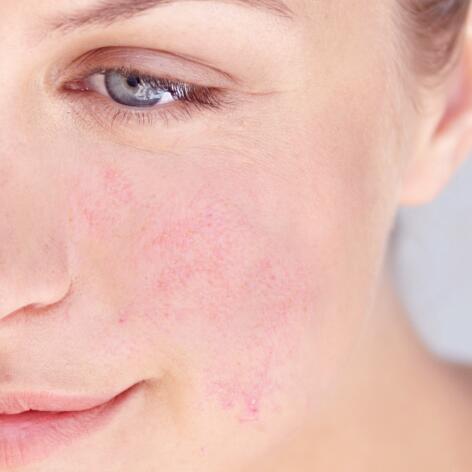
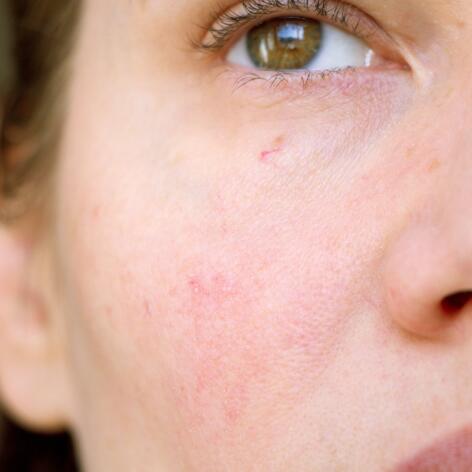
Visible blood vessels: couperose is emerging
Do you see your blood vessels appearing on the skin of your nose and cheeks? If these fine lines are permanently visible, it's probably couperose, the vascular form of rosacea (and one of the most common of the various forms).
Find out all about the causes of rosacea and the most suitable treatments
Redness and pimples: "acne rosacea".
Permanent redness can sometimes be accompanied by small white pimples reminiscent of teenage acne. These pimples appear whenever they want, in successive flare-ups. This form of rosacea is called papulopustular rosacea.
Our tips for understanding acne rosacea and soothing your skin
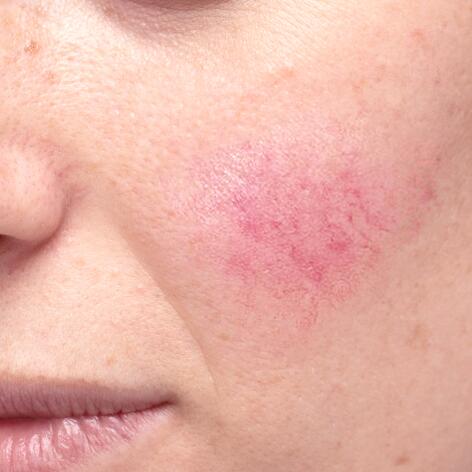
My skin reacts to the slightest change: a ray of sunlight or a lighter sleep than usual and I turn red.
Flushing: when the face blushes "for nothing"
A bout of stress or a glass of alcohol and your cheeks immediately turn red? In everyday life, it’s difficult to endure these flushes and to blush so easily. Rest assured, these flushes are not inevitable!
Here's a closer look at the causes of facial flushing, and the best solutions to adopt
Reducing redness on the face
Whether you’re affected by flushing or rosacea, it has both aesthetic and psychological consequences. Indeed, this redness is often difficult to cope with and can be associated with a poor lifestyle or excessive shyness.

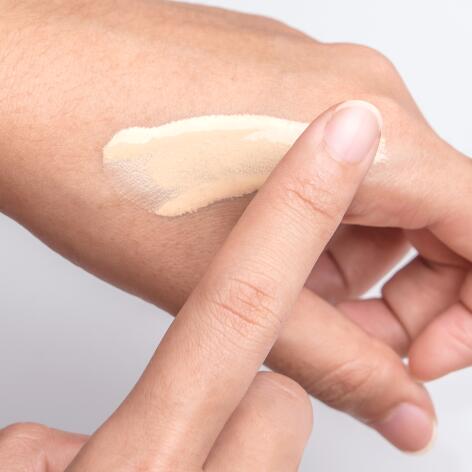
Tips for camouflaging redness
How to get rid of redness quickly There are tips to help you start your day with peace of mind. Leave the redness behind and feel better about yourself.
The benefits of SensiCure on redness
Sensitive skin prone to redness has access to a totally personalised treatment programme at the Avène Hydrotherapy Centre. This is an opportunity to pamper your skin and leave with all the keys to fighting redness.
OUR SOLUTIONS FOR SKIN WITH REDNESS
I’ve been using the products in this range for almost 20 years and haven’t been able to do without them.
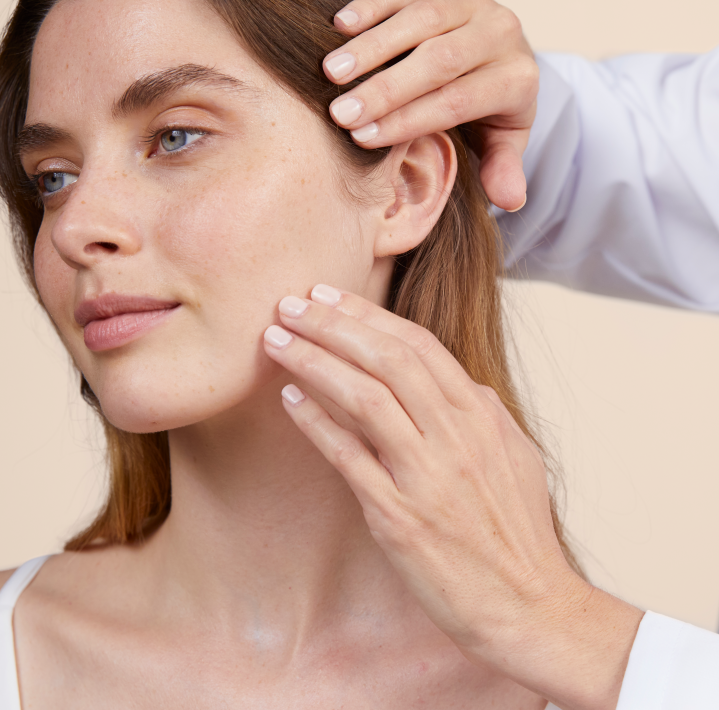
Our answers to your questions
We’re here to help you sort out fact from fiction
Not everyone is born equal when it comes to redness. Redness often occurs in people who have "vasoreactive" skin. Like skin colour, vasoreactivity runs in families, so it can be a genetic pre-disposition. But this is not the only triggering factor for the different forms of rosacea.
No! On the contrary... People who blush easily often have sensitive skin, and redness can appear as a reaction to UV aggression. Avoid exposing yourself to the sun without protection, so as not to sensitise your skin.
Be aware that some redness has nothing to do with rosacea. For example, redness can appear during pregnancy, but usually disappears on its own after childbirth. "Red cheeks" in young children are also often short-lived. If the redness is accompanied by itching, it may also be an allergy. In any case, we advise you to consult a doctor to identify the causes of your redness and to prescribe the appropriate treatment if necessary.
NEWSLETTER
We’re always here for your skin!
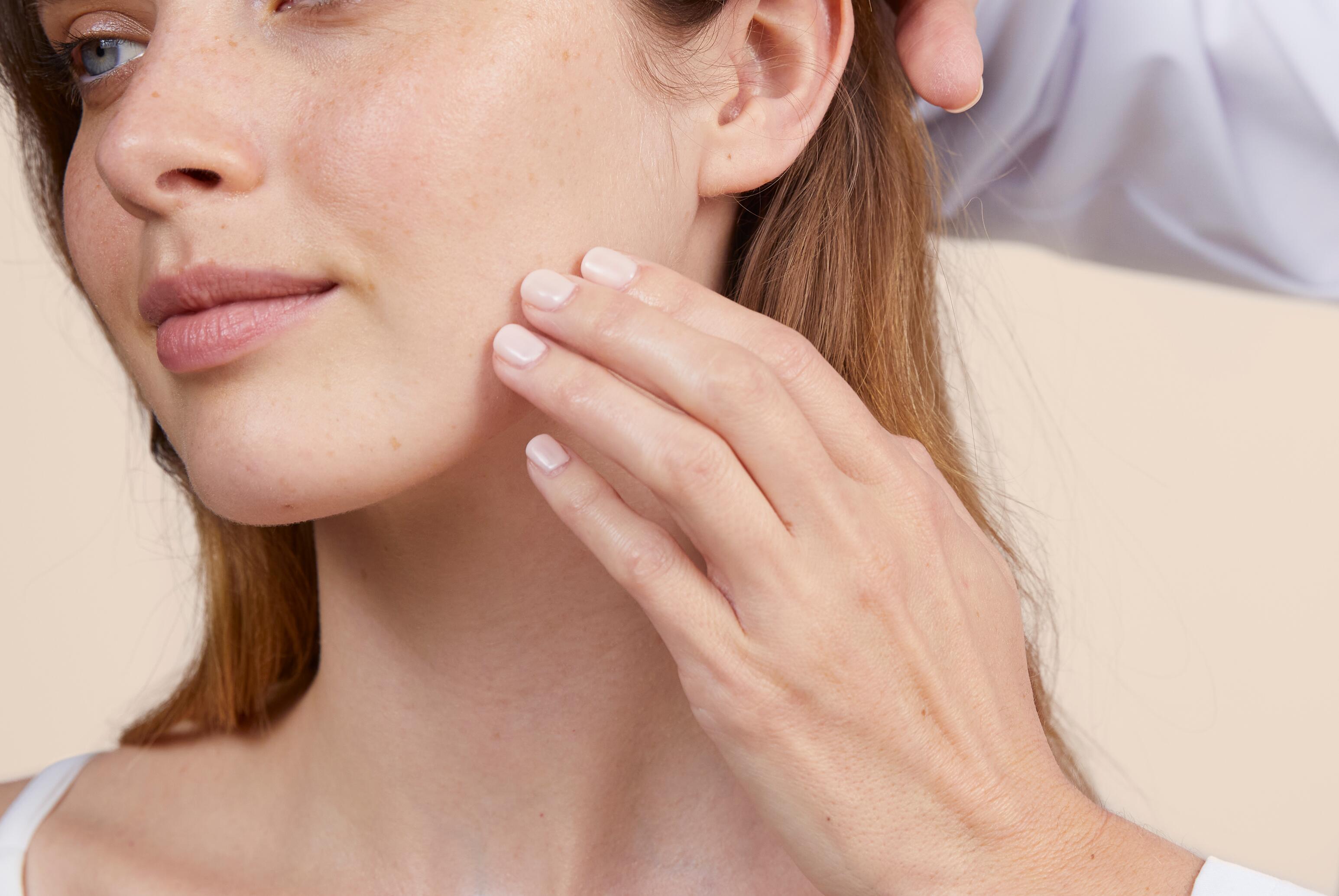
Which skin care routine should you adopt?
Identify what it really needs with the help of our experts and discover the most suitable skin care routine for you.
